
Peachleaf Willow Purdue Fort Wayne
Peach-leaf willow is a fast-growing deciduous small to medium tree with weeping branches. Prefers sites that are wet, such as streams and lakes and helps control erosion. Attracts bees and other beneficial insects and wildlife. Full sun to part shade. NATIVE RANGE. Map courtesy of USDA-NRCS Plants Database.

peachleaf willow (Plants of Chatfield State Park) · iNaturalist
The male and female flowers are catkins. Female catkins are 2 to 3 inches (5-8 cm) long, arising from leafy twigs. The fruit is a capsule containing many small seeds with cottony hairs. The seeds are lightweight; near Boulder, Colorado, peachleaf willow seeds averaged 4.0 × 10-5 g each. Peachleaf willow has a multibranched, spreading root system.
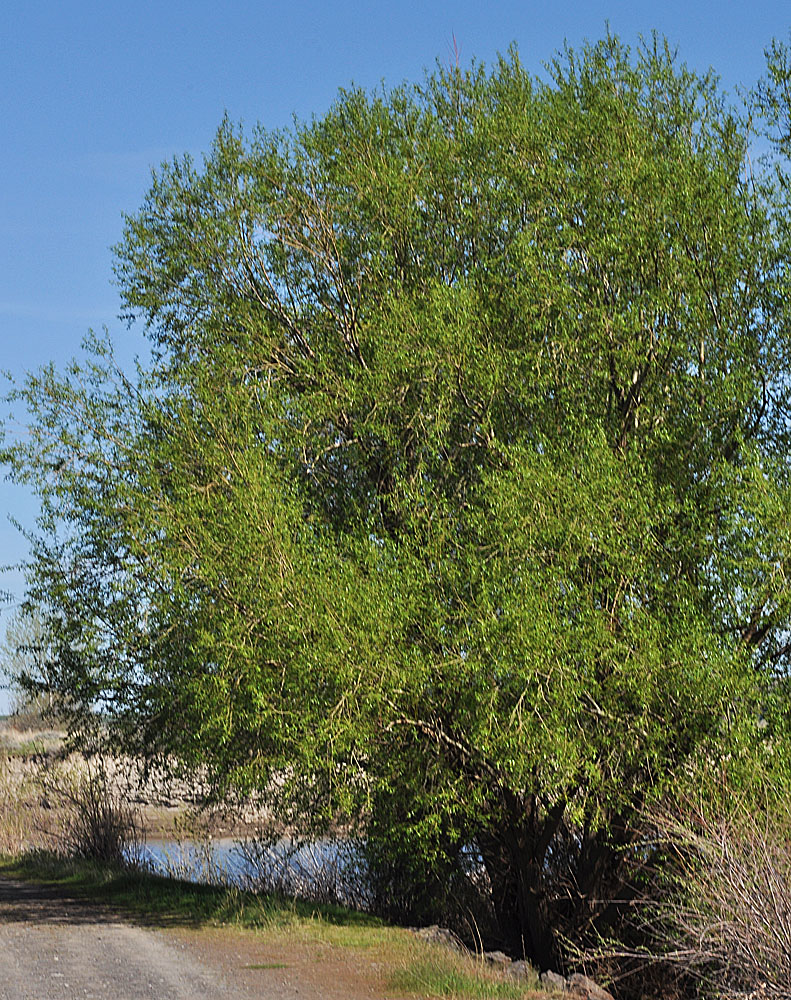
PeachLeaf Willow (Salix amygdaloides) Great Plains Nursery
Peachleaf Willow has three distinctive characteristics: long petioles (leaf stalks), causing the leaves to droop from the twigs; long lanceolate or lance-ovate leaf tapering to a long, pointed apex; and; upright form in mature trees, which is different from the broad, spreading habitat of Black, Hybrid Crack, and White Willows.

Peachleaf Willow — Tapteal Native Plants
The Peachleaf Willow is a small deciduous tree that can grow up to 20 m in height and can have several single leaning trunks in a clump, with the trunks sometimes reaching 40 cm in diameter. The leaves are lance-shaped, alternately arranged, finely toothed, and range from 5 to 14 cm long. The upper surfaces of the leaves are green, dull and.
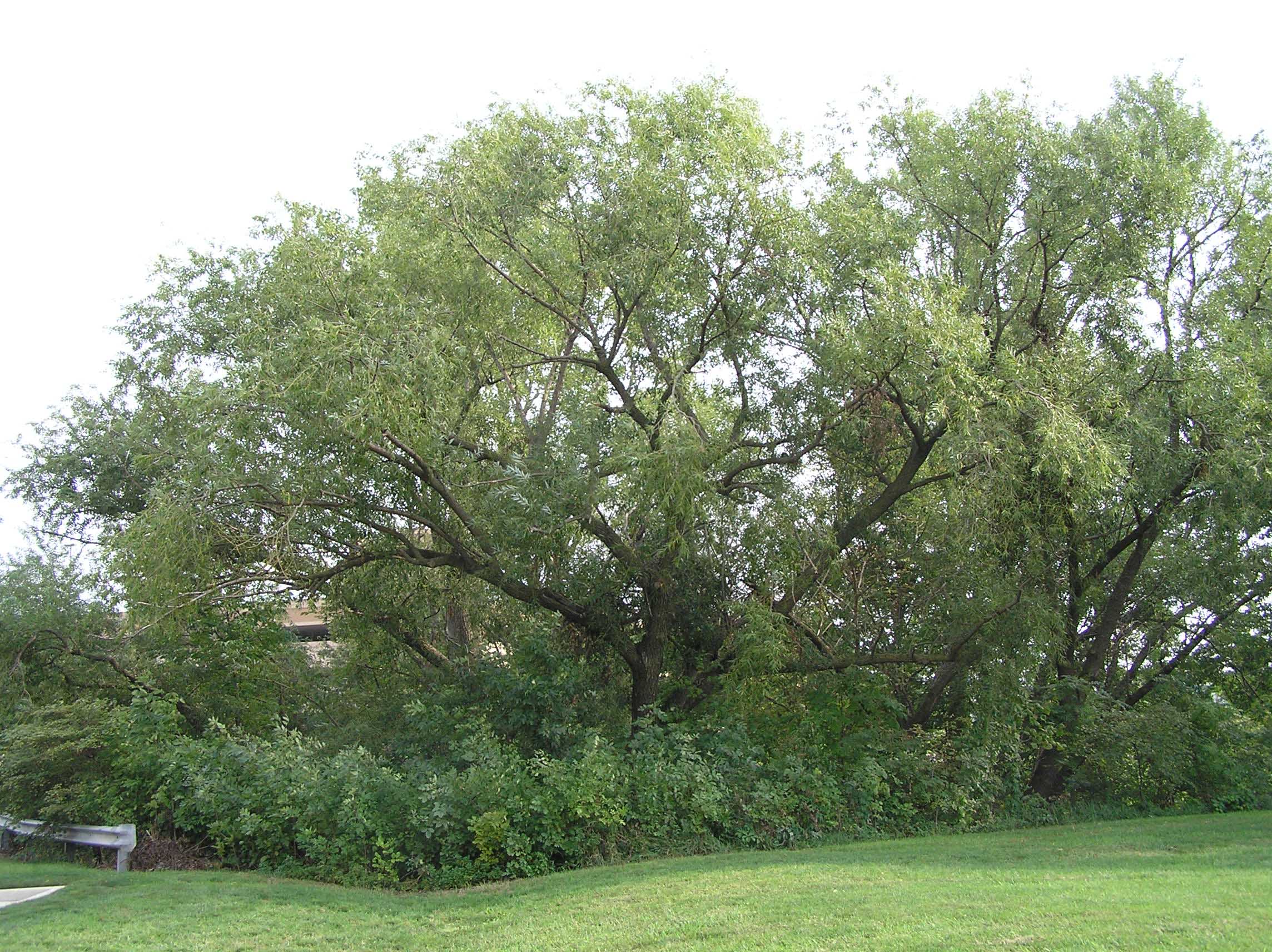
Peachleaf Willow Purdue Fort Wayne
A database that provides information on more than 200 native tree and shrub species, and on almost 300 insects and 200 diseases found in Canada's forests.

Salix amygdaloides (Peachleaved Willow) Minnesota Wildflowers
Peachleaf willow provides food and shelter for many birds, mammals and insects. The dense root structure of this willow is useful for preventing stream bank erosion. Leaf. Alternate, simple, deciduous; blades reddish and sparsely hairy when young, dark green to yellowish-green and hairless when mature, whitish with a waxy bloom beneath.

Peachleaf Willow Trees Canadensis
Names. Latin (scientific) name: Salix amygdaloides Common English name: Peachleaf willow Other names: French name: Saule à feuilles de pêcher
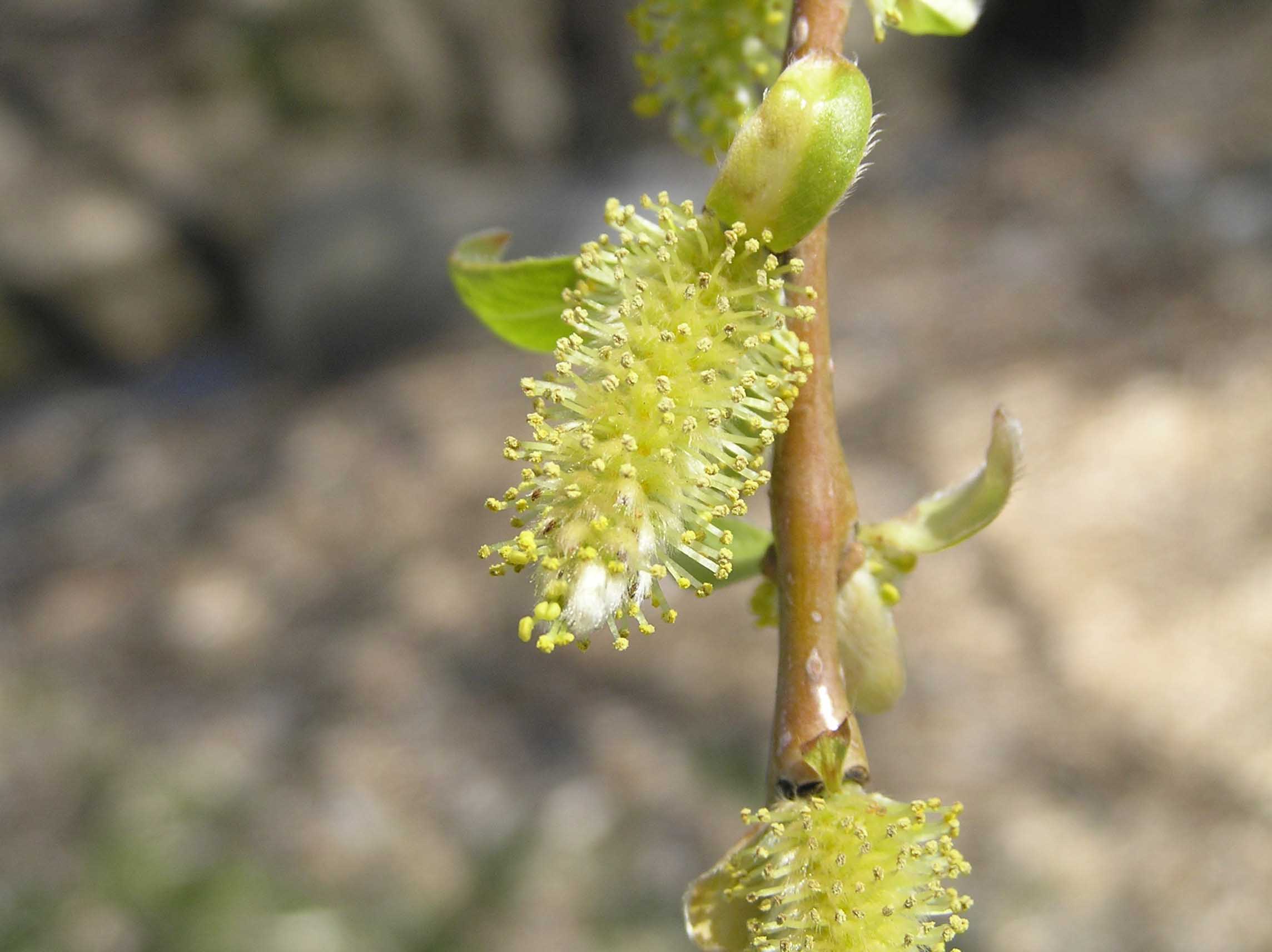
Peachleaf Willow Purdue Fort Wayne
Peachleaf willow trees (Salix amygdaloides) share these cultural requirements with most other members of the Salix genus. What is a peachleaf willow? It's not hard to identify peachleaf willows since they have leaves that look similar to the foliage of peach trees. Read on for peachleaf willow facts that describe this native tree.

Peachleaf Willow Purdue Fort Wayne
Peachleaf Willow is important forage for wild and domestic ungulates because they generally stay green throughout summer. Special Value to Native Bees, Butterflies and Insects Peachleaf Willow, Salix amygdaloides is a host plant for the following butterfly caterpillars: - Find out more from Butterflies and Moths of North America ( BAMONA ).
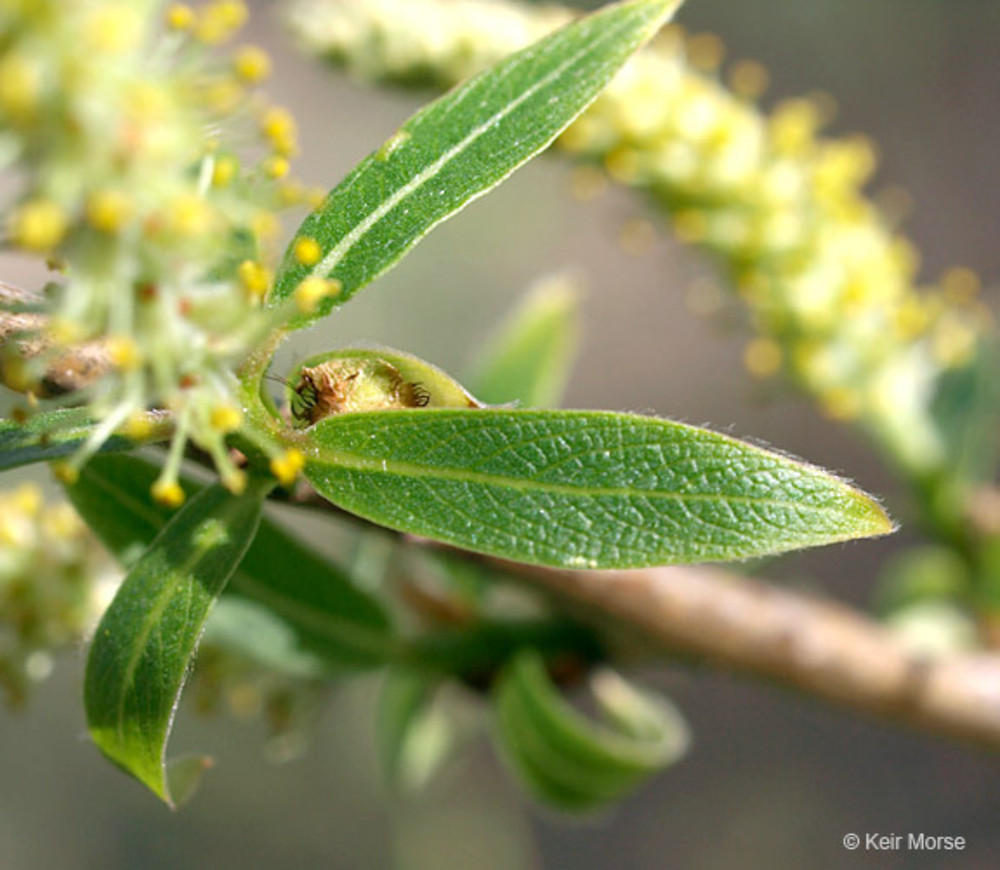
Salix amygdaloides (peachleaved willow) Go Botany
Peachleaf willow trees are commonly planted as ornamental shade trees. Peachleaf willow wood can be used to make: furniture; mats; drums; hunting lodge polls; meat-drying racks; baskets woven from thin branches; Peachleaf willow bark contains salicylic acid (aspirin) which has medicinal value and has been used to make teas to treat: fever; pain.

Salix amygdaloides (Peachleaved Willow) Minnesota Wildflowers
Peachleaf Willow (Salix amygdaloides) General Plant Information ; Plant Habit: Tree: Sun Requirements: Full Sun: Water Preferences: Wet Wet Mesic Mesic: Soil pH Preferences: Slightly acid (6.1 - 6.5) Neutral (6.6 - 7.3) Minimum cold hardiness: Zone 3 -40 °C (-40 °F) to -37.2 °C (-35) Maximum recommended zone:

Salix amygdaloides (Peachleaved Willow) Minnesota Wildflowers
38b - Branches not drooping, leaves ¾ to 1 ¼ inches wide — Peachleaf Willow; Description. Leaf: 2-6 inches long, 1 inch wide. Broadest below the middle. Dark yellowish-green, whitened beneath. Very long pointed, fine toothed, leathery. May have small, kidney-shaped stipules. Petiole very slender, may be twisted, no glands.

Peachleaf Willow Purdue Fort Wayne
Peachleaf willow is a larval host for the Mourning Cloak and Viceroy butterflies. Birds and mammals (deer and beavers) feed from the tree early in the season. It typically grows in swamps, along water, and bottomland woodlands. It is susceptible to wind damage..
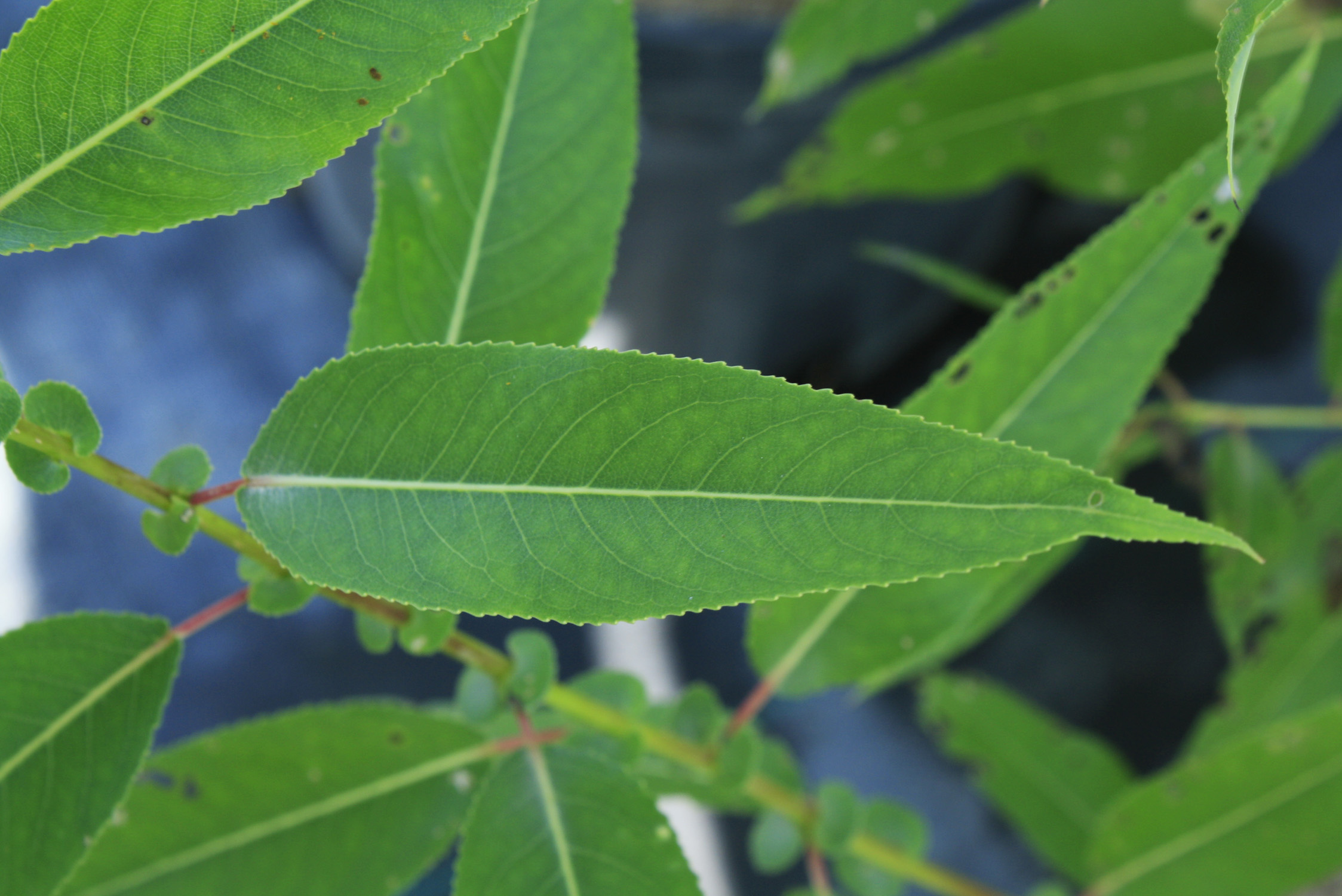
Peachleaf Willow leaf 1 Ontario Native Plant Nursery Container
Salix amygdaloides, the almond leaf willow or peach leaf willow, is a species of willow native to central North America east of the Cascade Range. It can be found in southern Canada and the United States—from western British Columbia to Quebec, Idaho, Montana and Arizona to eastern Kentucky.
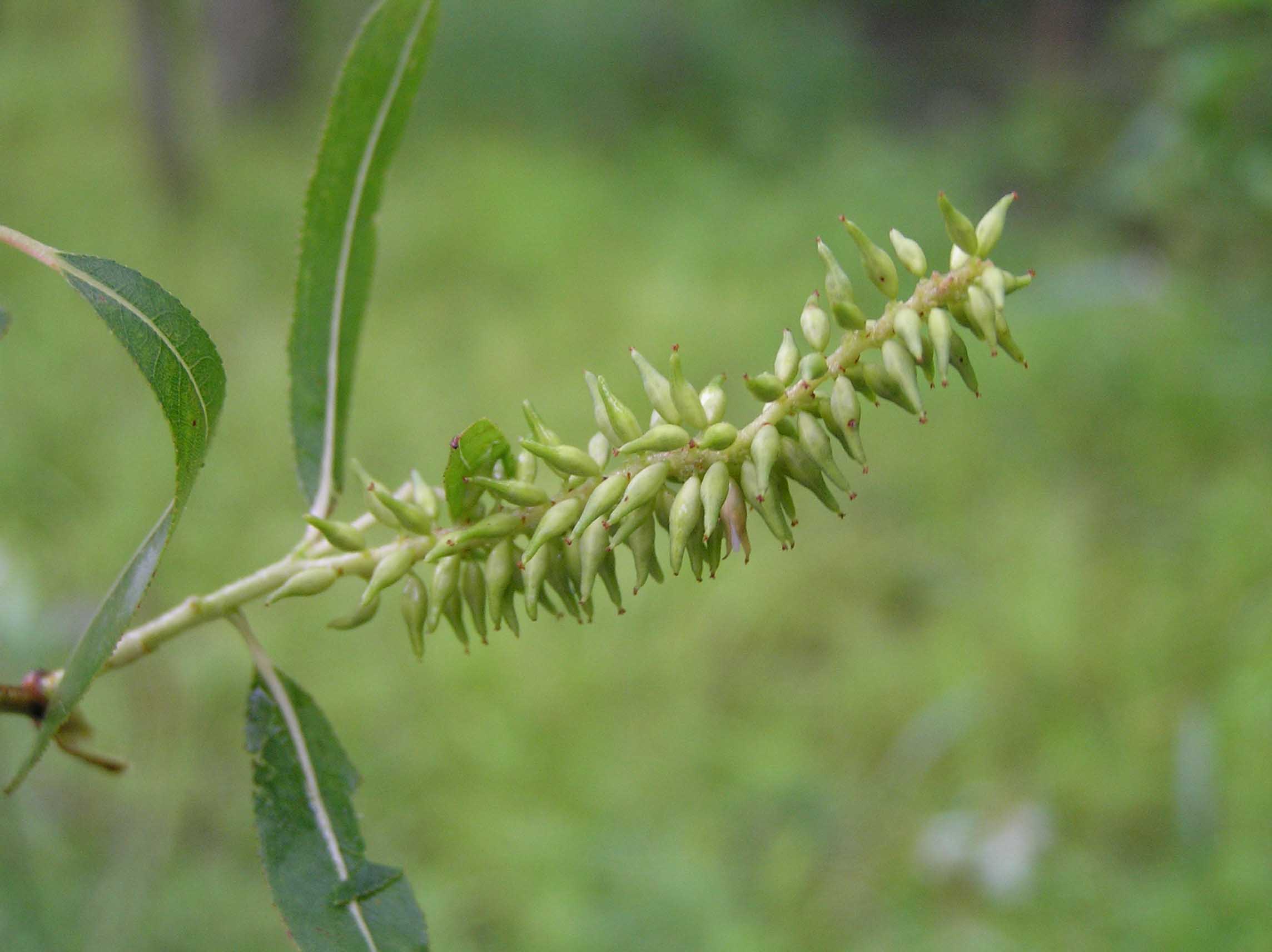
Peachleaf Willow Purdue Fort Wayne
A native Manitoba tree the Peachleaf Willow is commonly found planted in shelter belts and around old homesteads in our area, alongside Eastern Cottonwood and Boxelder. The trees are fast growing and very hardy, and they get quite big - the old trees we take our cuttings from are 40' tall with a 24" caliper. An excelle
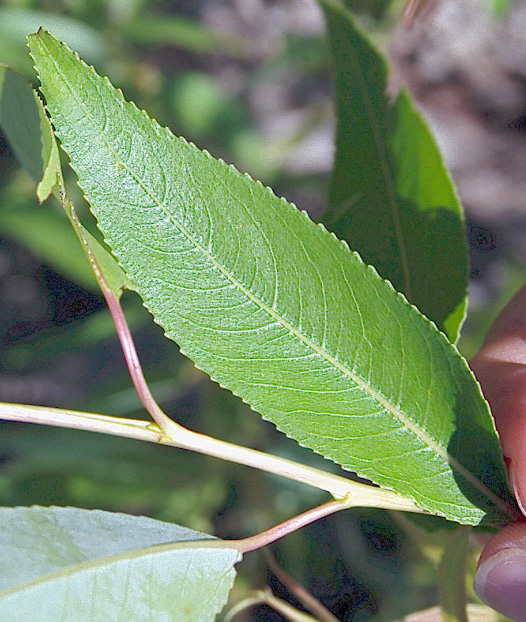
Salix amygdaloides Peachleaf willow
Peachleaf willow facts tell us that these trees may grow with one trunk or several and produce pale twigs that are glossy and flexible. The foliage of this tree helps with peachleaf willow identification. The leaves resemble peach leaves-- long, slender, and a greenish yellow color on top. Underneath is pale and silvery.